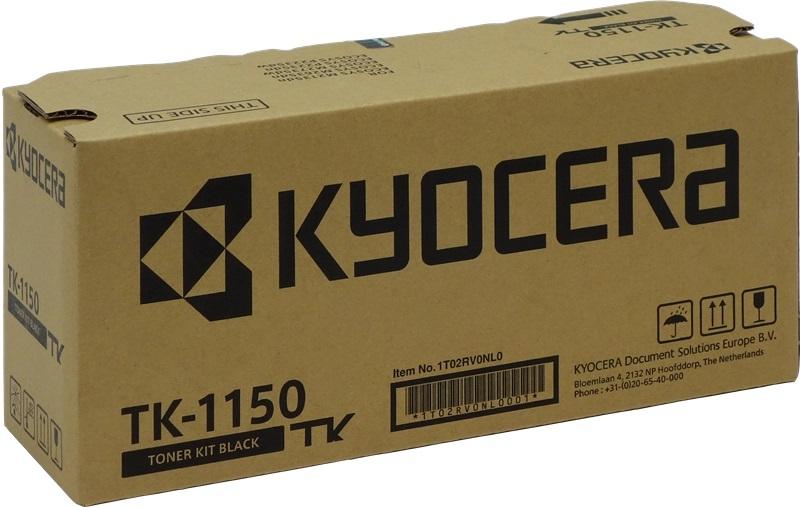Notifications

7 minutes, 36 seconds
-19 Views 0 Comments 0 Likes 0 Reviews

In the intricate world of printing, the choice between toners and printer cartridges holds considerable significance. These components, while often used interchangeably by laypersons, possess distinct attributes, mechanisms, and applications. Grasping the nuances between them not only ensures optimal print quality but also contributes to cost efficiency and sustainable usage. This article explores the fundamental differences, operational dynamics, and individual merits of toners and printer cartridges using fresh, distinctive language throughout.
The Essence of Toner: Powder-Based Printing Power
Toner is a fine, Toner Kyocera powder used predominantly in laser printing devices. Composed of granulated plastic particles blended with pigments, toners rely on electrostatic principles to adhere to paper. A laser beam projects an image onto a photosensitive drum, and the toner sticks only to the charged areas. This powder is then fused onto the paper using heated rollers, resulting in crisp, smudge-resistant text and images.
Unlike traditional ink, toner does not seep into the paper but rests atop its surface. This gives laser prints a sharp definition, particularly valuable in professional environments requiring high-volume document output. The dry nature of toner reduces risks of smearing and makes it especially resilient against moisture.
Ink Cartridges: Fluid Precision in Printing
Printer cartridges, or ink cartridges, are liquid-filled containers used in inkjet printers. They typically consist of aqueous ink solutions that are either dye-based or pigment-based. When activated, tiny nozzles spray microscopic droplets of ink directly onto the paper in precise patterns, creating vivid and detailed prints.
Ink cartridges are lauded for their ability to produce vibrant color images, making them suitable for photography and artistic applications. However, they can be sensitive to drying out, especially when left unused for extended periods. Unlike toner-based prints, inkjet outputs are more susceptible to smudging and water damage unless special coated paper or protective sprays are applied.
Key Differences at a Glance
To further distill the contrast between toner and ink cartridges, consider the following aspects:
Medium: Toner employs dry powder; ink cartridges utilize liquid ink.
Printer Type: Toners are found in laser printers; cartridges reside in inkjet models.
Print Longevity: Toner-based prints are more durable and fade-resistant.
Cost Structure: Toners have a higher upfront cost but lower per-page expense over time.
Color Output: Ink cartridges often render richer color detail, better for image reproduction.
Print Economy: A Closer Evaluation
When assessing long-term expenditure, toners generally outperform cartridges in terms of page yield. A single toner can output thousands of pages before requiring replacement, making it a prudent choice for office ecosystems and academic institutions. Ink cartridges, although initially cheaper, may require frequent replacement due to lower capacity and evaporation losses.
Additionally, the risk of ink drying out in cartridges can lead to waste and printer malfunctions, whereas toners are unaffected by ambient conditions. This difference contributes significantly to the cost-benefit analysis for users seeking efficiency and consistency.
Environmental Considerations and Sustainability
Both toners and cartridges pose environmental challenges. Toner production involves plastics, which are derived from petroleum, while ink cartridges often consist of non-biodegradable materials. However, most manufacturers now offer recycling programs and remanufacturing services that allow consumers to return empty units for reuse.
Eco-conscious users may consider refilling ink cartridges or using third-party recycled toners. While these options can reduce waste and expenses, they must be chosen carefully to avoid compromising print quality or voiding printer warranties.
Choosing Between Toner and Cartridge: Factors to Weigh
Usage Volume: For heavy-duty printing, toners provide better cost-efficiency and longevity.
Print Content: For sharp documents, toner is superior; for detailed photographs, ink cartridges excel.
Budget Constraints: Ink cartridges may seem budget-friendly initially but can cost more over time.
Maintenance and Storage: Toners are easier to store and require less maintenance, while ink cartridges need proper sealing and occasional cleaning.
Environmental Impact: Consider recycling and refilling practices for both options to minimize footprint.
The Role of Technology in Advancing Print Media
Modern advancements have blurred the lines between these two technologies. Some hybrid printers incorporate both ink and toner components for specialized applications. Others utilize solid ink or eco-solvent printing for niche tasks such as large-format printing, textile design, or commercial signage.
Moreover, smart printing systems now track ink or toner levels and automatically order replacements, ensuring uninterrupted workflow. With artificial intelligence and IoT integration, printers are becoming smarter and more efficient, maximizing the potential of both toner and cartridge technologies.
Maintenance Tips for Longevity
Whether you use toners or ink cartridges, proper maintenance can enhance performance and lifespan. Here are some unique insights:
For Toners: Shake the cartridge gently before reinsertion to redistribute the powder. Store in a cool, dry place to prevent clumping.
For Ink Cartridges: Use the printer regularly to prevent clogging. Always turn off the printer using its power button to allow the cartridge to return to its sealed position.
The Future of Print Consumables
As industries shift towards digitization, the demand for physical prints remains robust in many sectors—legal, educational, creative, and administrative. This ensures continuous innovation in toner and cartridge design. Sustainable alternatives, such as biodegradable cartridges, refillable tanks, and high-efficiency toners, are already emerging on the market.
In the years ahead, we may witness further integration of biodegradable materials, refill-on-the-go technologies, and user-customized ink formulations tailored for specific print tasks.
Conclusion: Tailoring Your Print Arsenal
Selecting between toner and ink cartridges hinges on individual or organizational printing needs. Toners reign supreme in high-volume, document-centric environments, while cartridges shine in image-rich and low-frequency print settings. By understanding their respective strengths and limitations, users can align their choices with both practical and ecological considerations.

